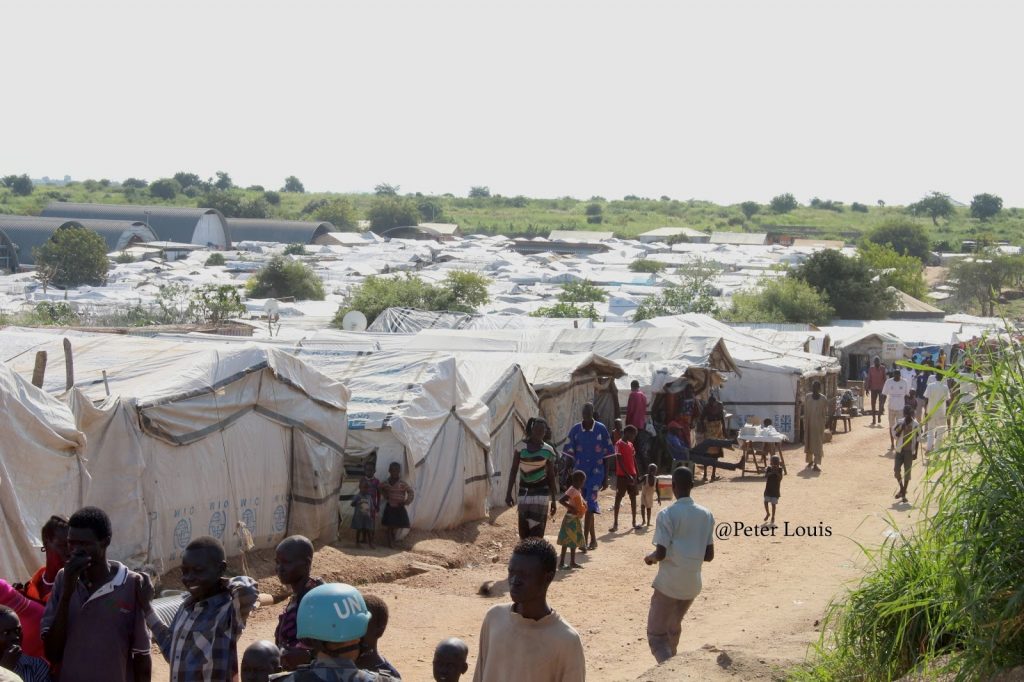By
Peter Louis
Nearly three years after conflict erupted in South Sudan, the regional impact of the crisis is rising alarmingly as the number of South Sudanese crossing international borders in search of safety grows each day.
“With daily reports of violence and worsening tensions, a political solution is urgently needed to mitigate the increasing suffering of civilians in South Sudan,” said International Organisation for Migration (IOM) East Africa Regional Director Jeffrey Labovitz.
“To address the growing needs of those forced to flee their homes and the host communities that receive them, the regional humanitarian response requires long-term planning, improved access to civilians caught up in the conflict, and sustained efforts to secure freedom of movement for those forced to flee across borders,” he added.
Over 894,800 South Sudanese have fled to neighbouring countries, including Ethiopia, Kenya, Sudan and Uganda, since civil war broke out in South Sudan in 2013, according to UNHCR. Of these, more than 185,000 South Sudanese have fled since fresh fighting broke out in the capital, Juba, on 8 July.
An additional 1.61 million people are displaced within South Sudan’s borders, both to displacement sites and remote, often hard-to-reach, areas.
IOM is working closely with governments, communities and partners in the region to provide humanitarian assistance and develop sustainable strategies to address complex protracted displacement.
In Ethiopia, the influx of South Sudanese refugees in recent months is placing strain on existing resources. IOM is currently assisting with the relocation of refugees from the transit centre in Pagak, on the South Sudan border, to camps in Jewi, Tierkidi and Kule in the Gambella Region. Since 9 September, IOM has relocated 23,954 refugees, mostly women and children.
IOM is also responding to the influx of refugees into Sudan, which has received approximately 90,000 South Sudanese refugees since mid-January, including 54,400 people to East Darfur State, according to UNHCR figures.
In Sudan’s East Darfur, South Darfur, West Kordofan and South Kordofan states, IOM is providing water, sanitation and hygiene assistance to refugees, as well as monitoring and registering new arrivals through the Displacement Tracking Matrix.
IOM also is establishing a mobile clinic to improve access to lifesaving health care for more than 4,200 refugees, as well as host community members, in East Darfur.
The International Organisation for Migration continues to implement a multi-sector humanitarian response in South Sudan, where more than 6.1 million people are in need of lifesaving assistance. But as needs continue to increase, humanitarian workers are facing growing access constraints, hindering their ability to reach conflict-affected populations in many parts of the country.



No Comments Yet!
You can be first to comment this post!